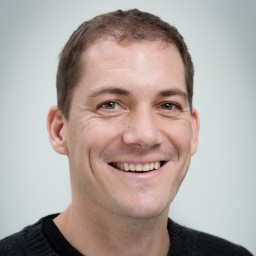
Mathias Currat
My research focuses on the evolutionary processes that affect the molecular diversity of populations in space and time. We are developing spatially explicit computer simulation methods to study the combined effects on modern and ancient genomic diversity of various evolutionary forces, such as population demography, migration, interactions and admixture.
